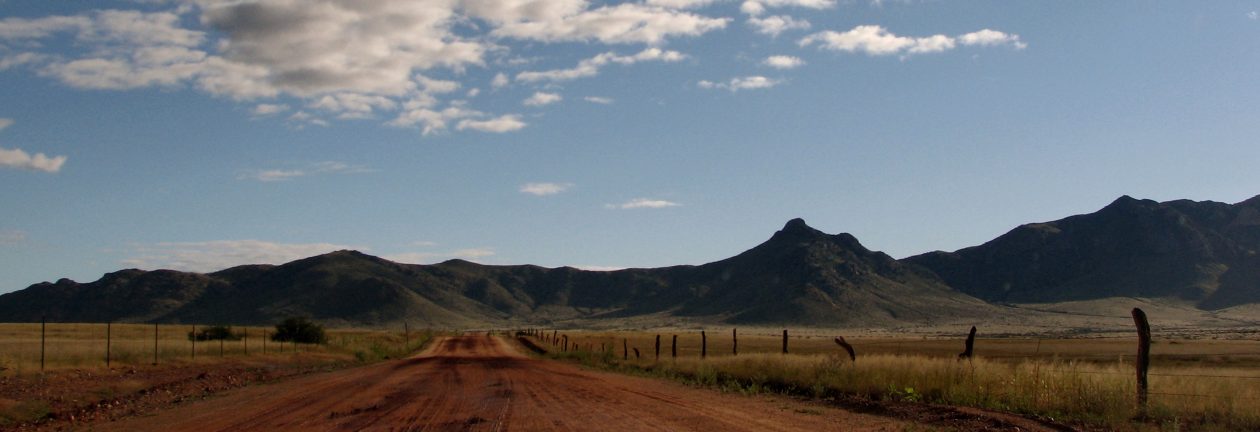Jerusalem, Israel
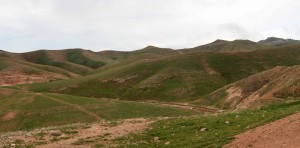
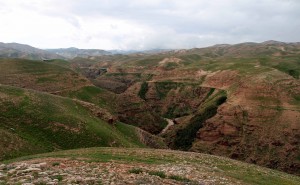
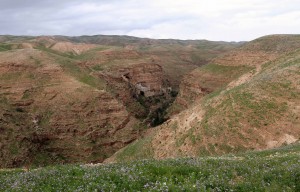
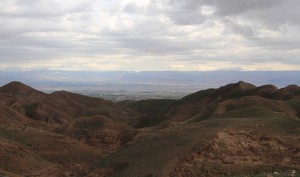
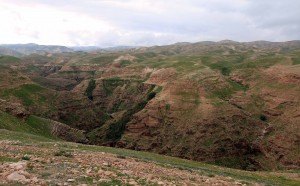
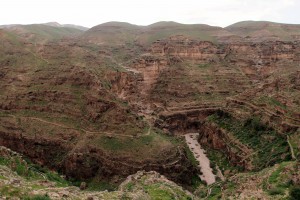
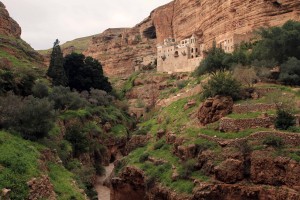
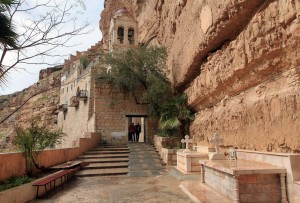
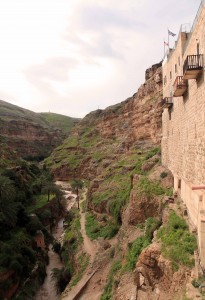
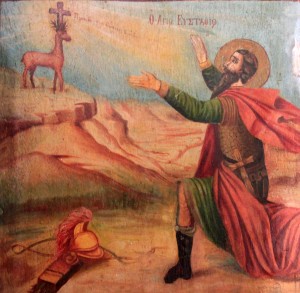
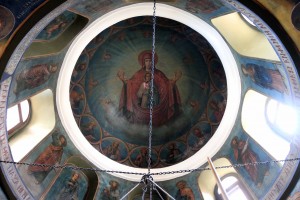
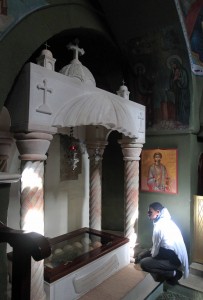
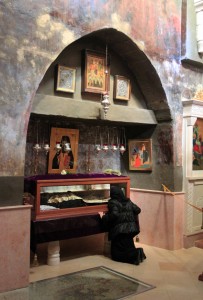
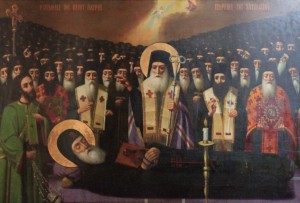
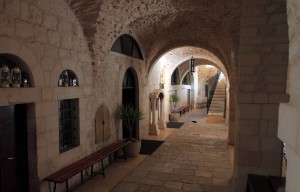
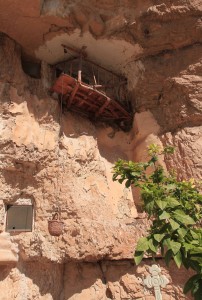
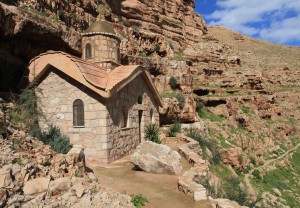
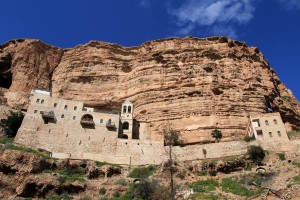
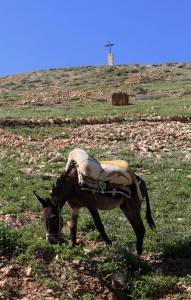
I woke up at 06:00, got ready, and walked out in to the cold morning; the rain was falling lightly, but the wind was blowing it on to me. I soon reached Abraham Hostel and entered inside at 06:40; I was there to take a tour to the Dead Sea (a tour which I had booked through the hostel I’m staying at). I waited until 07:00 and then checked in with the tour manager; he then informed me that the tour was not to begin until 09:00 (information that was lacking in the email I received last night and thus the reason I was waiting there at 07:00 – the original tour time). So, with time to kill, I had an Israeli beer and then the breakfast offered at Abraham Hostel; I had two boiled eggs, toast with jam and chocolate spread, a bowl of cereal with milk, and an Americano. Finally, when 09:00 rolled around, the tour guide showed up and rounded the group together (two men and four women from China, a mother with her two children, and I). We then loaded up in to the minibus and drove off to ward St. George’s Monastery. We drove out of Jerusalem and through the Judaean Desert, which was very green with grass thanks to a lot of recent rainfall (usually it looks more like a traditional desert). After driving for about thirty minutes, the minibus pulled over near a scenic viewpoint and we all got out and hiked a short distance up a hill. From the hill (which was crowned with a Cross on its slope), we could see the Wadi Qelt and its canyon (which many imagine to be Psalm 23’s “Valley of the Shadow”), as well as St. George’s Monastery (built next to Wadi Qelt, inside the canyon); also, we could see the Moab Mountains in Jordan. After viewing the beautiful scenery, we reentered inside the minibus and drove the short distance to the paved footpath that leads to St. George’s Monastery. Once there, I got out of the minibus and descended down the paved path; also, just after we had arrived there, a busload of Ethiopian Orthodox (I’m assuming) men and women arrived and walked to monastery; there were also descendants of the Bedouin there trying to sell souvenirs and donkey rides down to the monastery. When I reached the lowest point of the path, near flowing Wadi Qelt (roaring with all the recent rainfall and snowmelt), I then crossed a stone bridge and entered inside the monastery. St. George’s Monastery had its origins in the fourth-century AD when a few monks sought the desert experiences of the prophets and settled around a cave where they believed Elijah was fed by ravens; the Greek Orthodox monastery was built in the late fifth-century AD by John of Thebes; in 614 AD, the monastery was destroyed and its fourteen resident monks were killed by Persian invaders; in 1878 AD, a Greek monk, Kalinikos, settled here and restored the monastery, finishing it in 1901 AD. I entered inside the monastery and walked inside its two chapels; both had their walls covered in paintings, there were many icons, and both had many relics (in the monastery chapel, I could see the fourteen skulls of the monks that were massacred in 614 AD). After viewing the chapels, I walked up the steps to the rooftop where the bell tower was; on the cliff wall was a dwelling for a monk that had no ladder or means to get up there, but there was a wooden balcony and a basket attached with a rope on a pulley system (extreme isolation); also there was a cave chapel that may have been where Elijah stayed. After touring the monastery, I exited it, walked by a small chapel just outside the monastery’s walls, and then followed the path back up to the minibus. I waited inside the minibus until the others in the tour group came back; once we had all returned, we drove off to the Dead Sea (at 11:50).
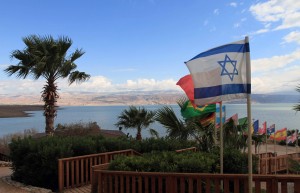
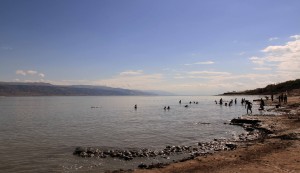
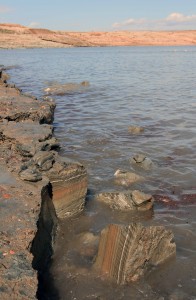
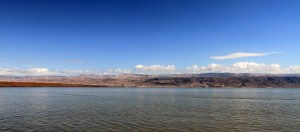
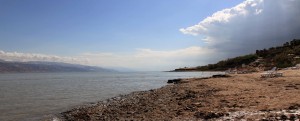
We descended further and further down on the road until finally reaching Kalia Beach, which is located on the northern shore of the Dead Sea (Yām HaMélaḥ or “Sea of Salt”) and is one of the best beaches for getting mud to cover yourself in. Once the minibus was parked, we were briefed on what to do, and then we all walked down to the beach. I used one of the changing rooms at the beach and switched in to my swim trunks. I then got in to the water, which was quite nice, not too cold, not too painful on my open wounds (I expected to receive a stinging pain from the salty water), and overall felt great with the sun out. The temperature was actually comfortable and a very welcome change from the terrible weather in Jerusalem; of course the Dead Sea is 429 meters below sea level (Earth’s lowest elevation on land) and Jerusalem is at 760 meters above sea level – almost a difference of 1200 meters. Naturally, I floated on the water with no problem at all; then I covered myself in mud and looked like Al Jolson in a minstrel show (“Mammy, my little Mammy, my heartstrings are tangled around Alabammy”). After letting the mud cake on me, I rinsed it off in the sea, and then applied more mud on to my skin. After a final rinse and bath in the Dead Sea, I walked up to the showers (first, the one on the beach, and then the one further up with private stalls) and rinsed the remaining mud and salt off my body – I hurried out of the water and to the showers when I did due to cloud coverage moving in and blocking out the sun, making the ambient air much cooler. After getting dressed, I enjoyed a beer and then walked back to the minibus. Once we were all back, we drove to Jerusalem, which was a forty minute drive. We reached the Abraham Hostel in Jerusalem just before 15:00 and I walked back to the hostel I was staying at. Next, I took a proper shower and then I worked on the website for the next few hours. After all the restaurants opened after sundown (it was Saturday, the Jewish Sabbath), a German guy, Finland guy, and a Brazilian guy (all staying at the hostel) invited me out for dinner. We walked around in the near vicinity and were surprised to see so many people out, talking, walking, and enjoying themselves since the last few days the streets were all but empty (on account of the weather). We then stopped at a shawarma place and I had shawarma rolled up in laffa bread with a beer. Then we walked to a café and I had a fava bean hummus with bread and some vegetables, as well as a Turkish coffee; at this point, the German man went back to the hostel and I talked with the Brazilian and Finlander (mostly about films and television); we talked for some time and before we knew it, it was 22:30. We then returned back to the hostel, I had some more beer, and then went to sleep around 01:00.
